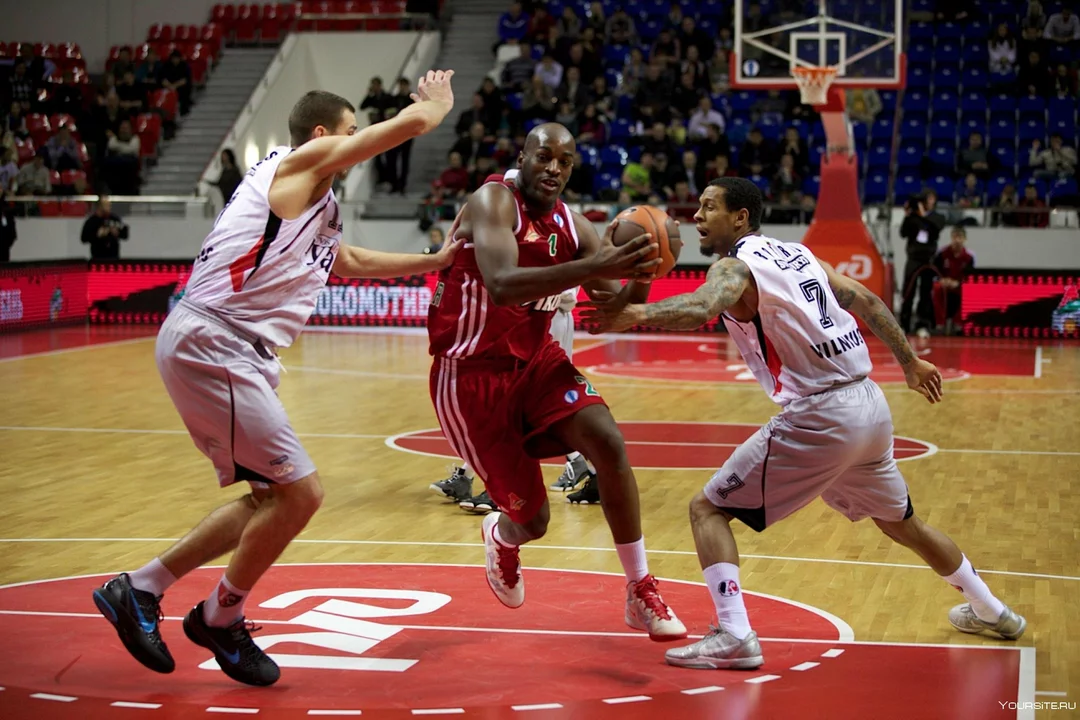Basketball Strategies for Small Teams: Fast‑Break Made Simple
If you only have a handful of players on the floor, you need a game plan that doesn’t rely on big line‑ups. The fast‑break style fits perfectly because it uses speed, quick passes, and smart positioning rather than sheer numbers. Below we’ll break down why the fast break works for small squads and give you clear steps to teach and run it.
Why the Fast‑Break Works for Small Teams
First off, a fast break needs fewer players to be effective. When you push the ball up the court right after a rebound or turnover, you’re forcing the defense to scramble. With less time to set up, the opponent can’t use their size advantage. That means your limited roster can still create scoring chances.
Second, the fast break emphasizes quick movement and smart passing. You don’t have to run complex plays; a simple outlet pass to a player sprinting down the lane can turn a defensive rebound into an easy bucket. This keeps the game flowing and prevents fatigue from a lot of set‑up work.
How to Run a Fast‑Break Game Plan
1. Practice the outlet pass. Teach your point guard or big men to see the open runner first. A crisp, two‑handed pass reduces turnovers and speeds up the transition.
2. Assign sprint lanes. Decide which players will run the wings and which will cut to the basket. Consistency helps everyone anticipate where the ball will go.
3. Keep the ball moving. If a defender blocks the first lane, the ball should swing to the opposite side quickly. This forces the defense to rotate, increasing the chance of an open shot.
4. Use the long shot wisely. A well‑timed three‑pointer can stretch a small defense. Encourage players to take a clear shot if they’re open beyond the arc, but don’t force it.
5. Finish with strong defense. After you’ve pushed the ball, get back on defense fast. A quick transition back means you can grab the next rebound and repeat the cycle.
Teaching these five points in short drills will make the fast break feel natural. Keep the drills short—5‑minute bursts work best for smaller squads that can tire quickly.
Finally, remember that communication is key. A quick call of "ball!" or "switch!" keeps everyone on the same page and reduces messy turnovers. Even with just three or four players, loud and clear talk can make the difference between a chaotic fast break and a smooth scoring run.
When you combine speed, smart passing, and solid defense, the fast‑break style gives small teams a chance to punch above their weight. Try it out in your next practice, adjust the lanes to fit your players’ strengths, and watch the points start to add up. No need for a big roster—just fast feet and quick heads.
